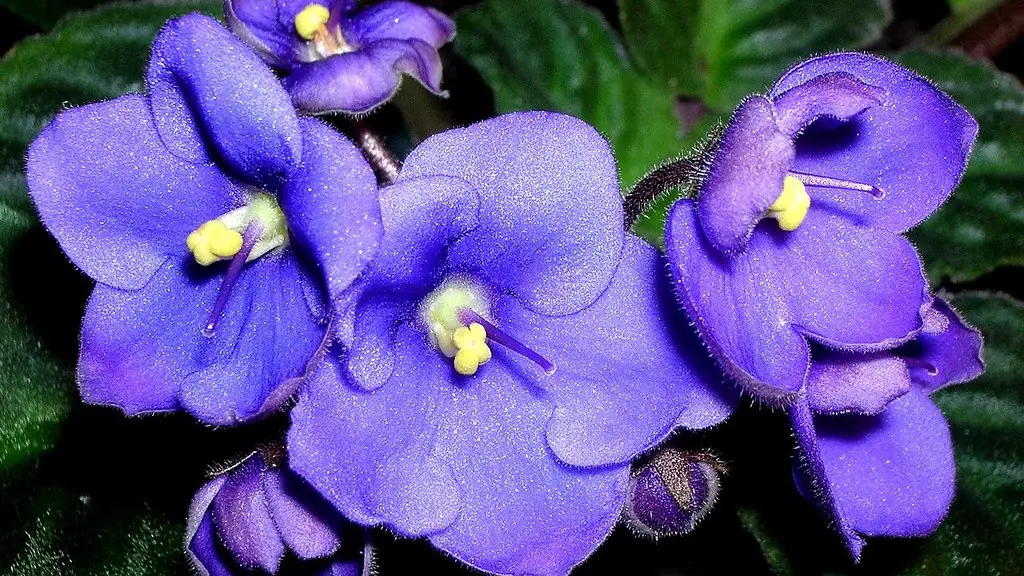As an avid gardener, I know how frustrating it can be to have a beautiful flowering plant like African marigolds afflicted by annoying gnats These tiny flying insects seem to love congregating around the bright, colorful blooms of marigolds, much to the gardener’s dismay!
If you’ve noticed pesky gnats flitting around your prized African marigolds, don’t worry – there are several effective methods to get rid of them without harming your plants. With a multi-pronged approach, you can wage war against these bothersome bugs and restore the beauty of your unpestered marigolds.
Understanding Gnats on African Marigolds
Before getting into solutions, let’s take a quick look at why gnats target African marigolds in the first place There are a few key reasons these insects gather around the flowers
-
Bright colors attract – The vivid yellows, oranges, and reds of the pom-pom shaped blooms seem to lure gnats to congregate and feed on the nectar.
-
Sweet nectar source – Gnats are drawn to the high-sugar nectar of flowering plants like marigolds. The nectar provides them carbohydrates.
-
Moist soil – Gnats lay their eggs and thrive in damp conditions, which African marigolds need as well.
So in essence, African marigolds present the ideal habitat for gnats with their colorful, nectar-rich flowers and moist soil requirements. But just because gnats are attracted to marigolds doesn’t mean you have to accept an infestation! Let’s explore solutions.
Effective Ways to Eliminate Gnats on African Marigolds
If you see more gnats than flowers, it’s definitely time to take action. Here are the top methods I’ve found effective for ridding African marigolds of gnats for good:
Sticky Traps
Yellow sticky traps are your first line of defense. They’re like flypaper for the Instagram era—gnats can’t resist the color. Place them around your marigolds to catch the adults and reduce breeding. Sticky traps allow you to monitor the size of the infestation too.
Remove Excess Moisture
Gnats need wetness to reproduce. Allow the marigold’s soil to dry out some between waterings. Fix irrigation leaks and improve drainage. Remove any overly wet leaves or debris around the plants as well.
Use a Fan
Gnats are weak flyers, so simply blowing air on them can help deter them from congregating on your plants. Set up oscillating outdoor fans around your garden beds.
Apply Neem Oil
Neem oil is a natural insecticide that can be sprayed on African marigolds to kill larvae and prevent gnat reproduction. It’s safe for plants and people when used properly. Apply it every 1-2 weeks.
Surface Sand Layer
Adding a thin layer of sand over the soil creates a dry barrier that deters gnats from laying eggs around your plants. Diatomaceous earth achieves a similar effect.
Natural Predators
Release or attract predatory insects that feed on gnats such as ladybugs, lacewings, and birds. They will naturally reduce gnat populations around your garden.
Vacuum Them Up
For quick removal, use a handheld vacuum on infested plants. This sucks up adult gnats rapidly. Make sure to empty the vacuum contents right after so gnats don’t escape!
Set Out Decomposers
Fungi and bacteria decomposers compete with gnat larvae for nutrients in soil. Sprinkle bacillus thuringiensis (BT) or other biological controls in potting mix.
Remove Weeds
Eliminate weeds around African marigolds, especially dandelions. Weeds harbor gnats and allow populations to thrive. Keep the area clean.
Use Water Traps
A bowl of water mixed with dish soap snares adult gnats flying by. The soap reduces surface tension so they drown. Yellow food coloring increases the trap’s effectiveness.
Keep Foliage Dry
When watering, avoid wetting marigold’s leaves and stems. Only apply water to the soil. Leaves drying quickly deters gnats from lingering on the plants.
Apply Horticultural Oil
Like neem oil, lightweight horticultural oils suffocate gnat eggs and larvae in the soil. Spray onto potting mix every 7-14 days to interrupt breeding cycles.
Change Potting Mix
Re-potting African marigolds in fresh, sterile potting mix eliminates gnat eggs and larvae hiding in the old soil. Be sure to fully remove old mix from roots.
Set Out Pheromone Traps
Pheromone traps contain scents that mimic gnat breeding grounds. They lure gnats in only to be captured on sticky boards, disrupting mating.
Be Vigilant in Monitoring for Reinfestation
The key when implementing these control methods is consistency. Keep monitoring your African marigolds even after initial gnats are gone. Watch for “hotspots” where gnats are trying to re-establish and target treatments there. With persistence over time, you can keep gnats away for good.
Don’t allow pesky gnats to detract from the beauty of your healthy African marigolds. While it may take some work, you can rid your plants of these annoying insects for clear-flying, gnat-free gardens. Try combining several of the solutions above and be patient. In time, you’ll be able to enjoy your vibrant, gnat-less blooms again.

⚖️ Scale: The Sticky Bandits
Scale insects are masters of disguise with their waxy coverings. Spot them by the honeydew they leave behind, a sweet, sticky substance thats a precursor to sooty mold.
For these clingy pests, neem oil or soap-based insecticides are your allies. Swipe them off with a vengeance if you must.
Mealybugs: The Fluffy Fiends
Cottony clumps on your marigolds? Thats the mealybugs calling card. Theyre sap-suckers, and theyre not shy about it.
Insecticidal soap or neem oil are your bug-busting pals here. For a hands-on approach, alcohol-dipped Q-tips can be surprisingly satisfying.
Easy One Step – How To Get Rid Of Fungus Gnats – 100% Guarantee – Fungus Gnat Prevention
FAQ
How do you get rid of fungus gnats on African violets?
How do you get rid of flower gnats?
Can I spray my plants with vinegar to get rid of gnats?
Why are there gnats all over my flowers?

